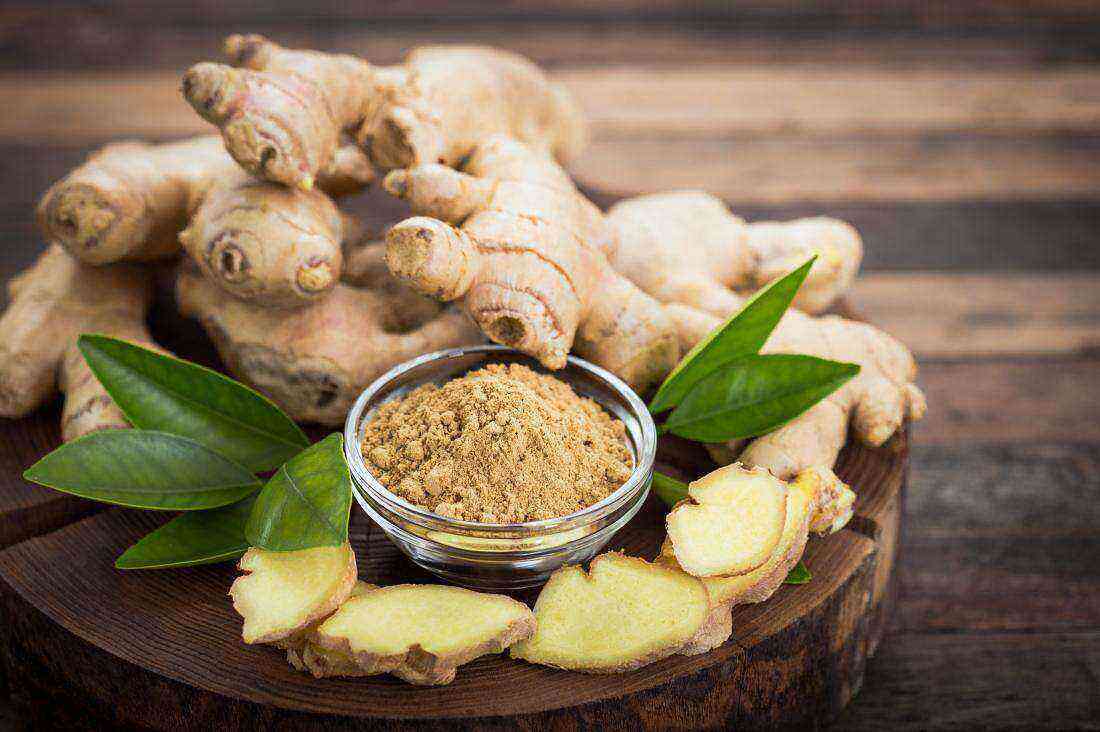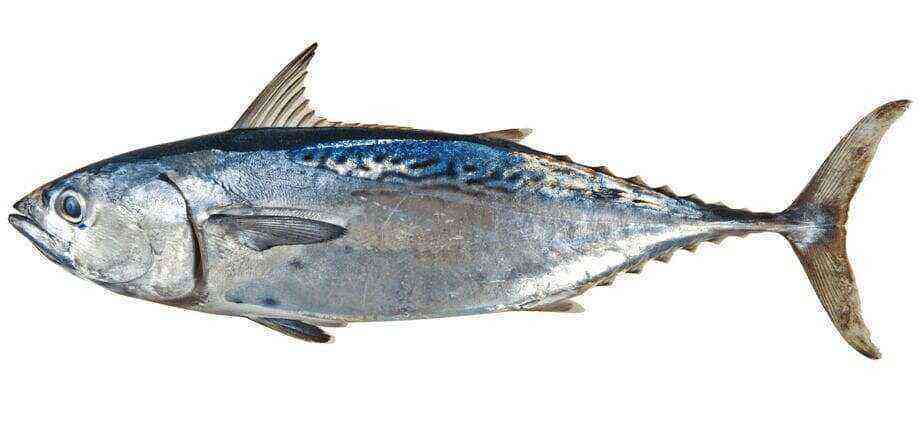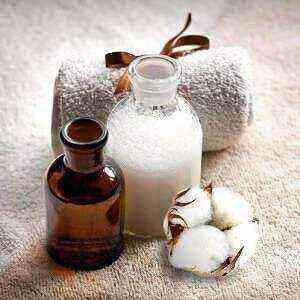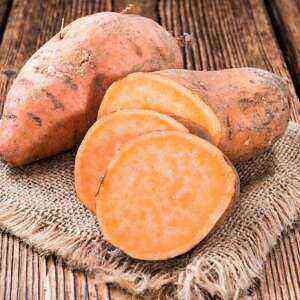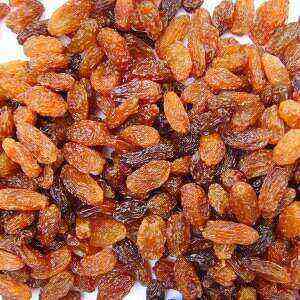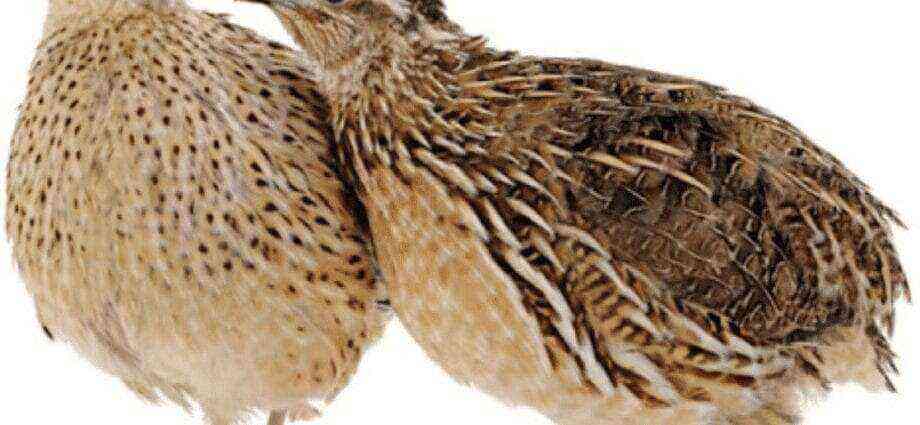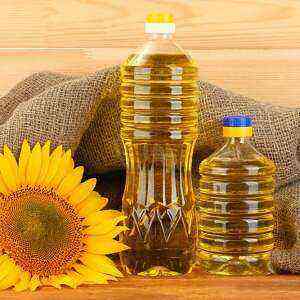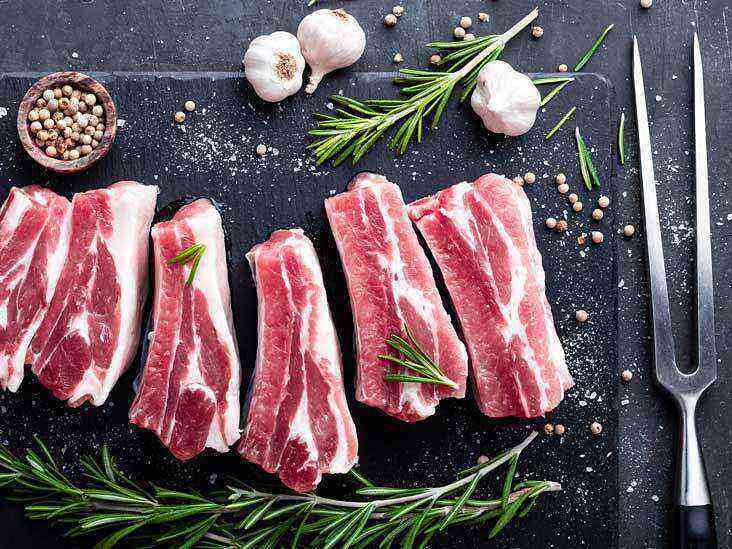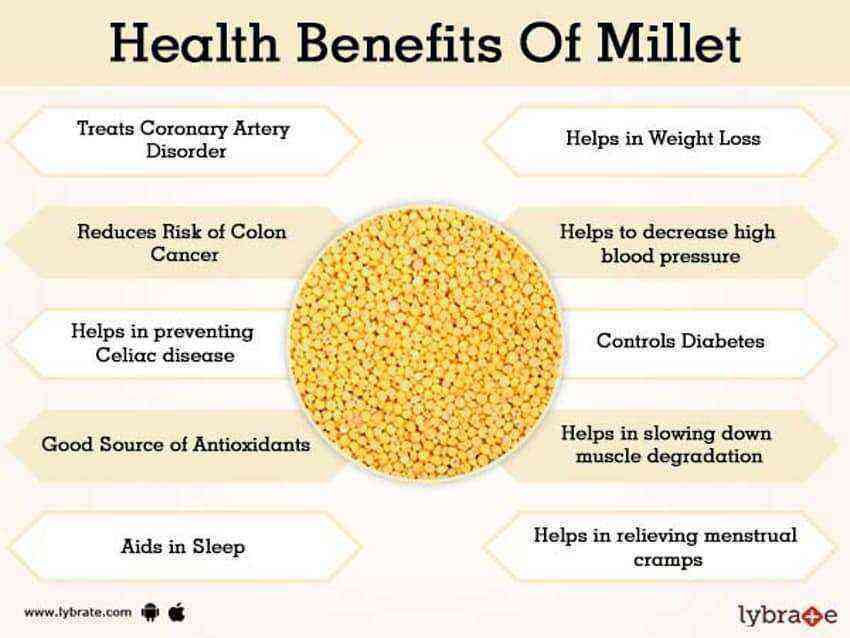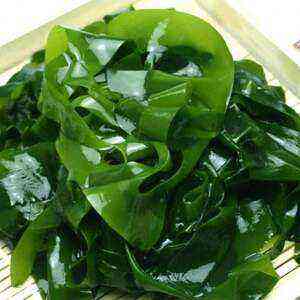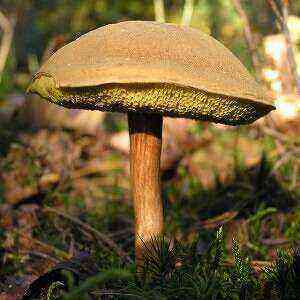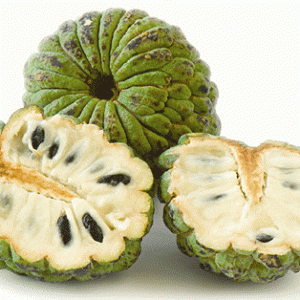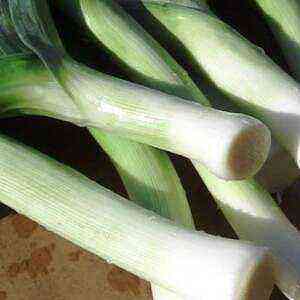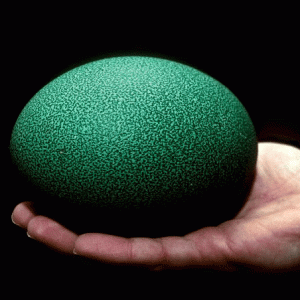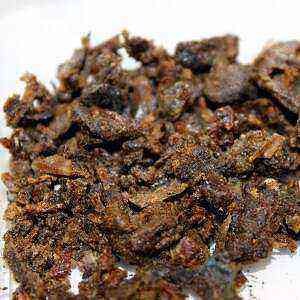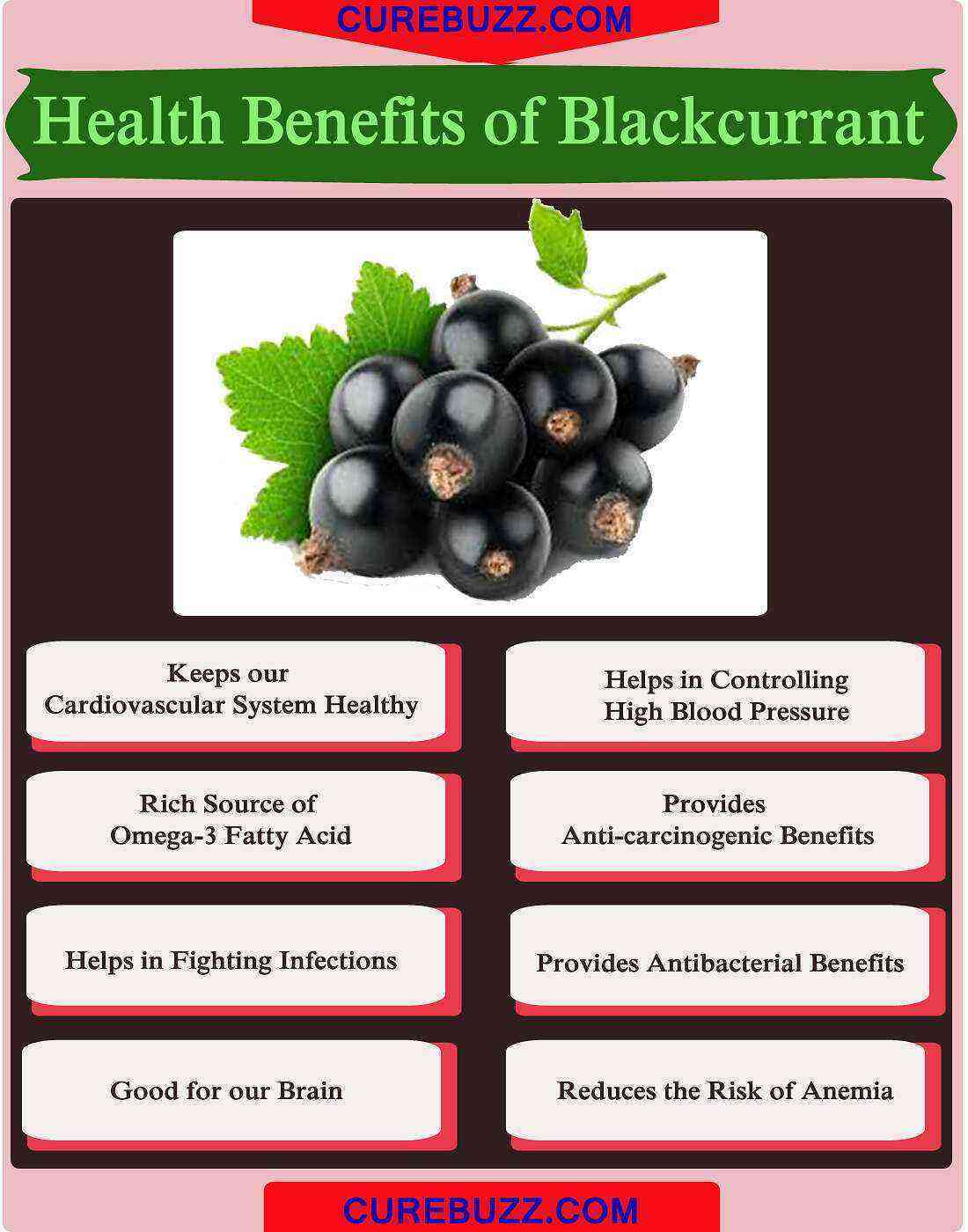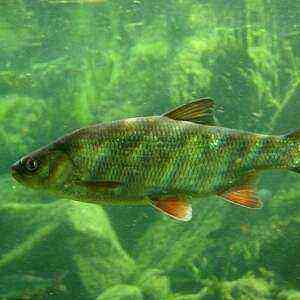
How to get argan oil?
Argan oil is considered one of the most expensive vegetable oils in the world. The process of obtaining it is very time consuming. First, with prickly trees, fruits are collected that appear once every two years. From fruits receive a stone, clearing pulp.
Often, to simplify this step, the Berbers collect goat droppings, from which they take out the already cleaned and softened bone. The collected bones are crushed, dried under the scorching sun, fried (if necessary) and ground into flour with stone millstones. The flour is mixed with water, and then an oily liquid is squeezed.
Obtained in artisanal conditions, the product is made in this way. In industrial production, all processes, except for collecting and cleaning the stone, are performed on automatic installations.
The yield of the final product is small: to obtain 1 liters of argan oil, 80 kg of fruits must be processed. No more than 12 million liters of this product are produced per year. The market price of one liter is about 60 euros.
There are the following types of argan oil:
- From the fried stones. This product is used exclusively for culinary purposes. It has a golden color and pronounced nutty flavor.
- From unroasted bones. It is this oil that retains all the beneficial properties of argan. It is light in color and almost odorless.
The fact of roasting seeds in the process of making oil should be taken into account when buying, to obtain the expected effect from the product and to avoid adverse reactions.
Chemical composition
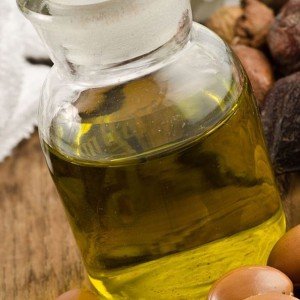
- mono- and polyunsaturated fatty acids (oleic – up to 60%, linoleic – up to 35%, linolenic), which are able to prevent atherosclerosis, slow down cell aging;
- saturated fatty acids (palmitic – up to 15%, stearic – up to 10%, myristic);
- vitamins A, E, F;
- polyphenols (vanillic, ferulic acids, myrcetin, quercetin);
- squalene;
- phytosterols (shottenol, alpha-spinasterol);
- triterpene alcohols.
Provitamin A – a precursor of fat-soluble vitamin A – improves elasticity and protects the skin from keratinization and sun damage.
Tocopherol (vitamin E) prevents cell damage by free radicals, promotes their regeneration, strengthens the walls of capillaries, reduces the inflammatory process. The content of tocopherol in argan oil in 2-2,5 times its content in olive oil.
Polyphenols are strong antioxidants and have an antibacterial effect. They effectively absorb ultraviolet rays, preventing photoaging of the skin.
Squalene is an active organic compound involved in the synthesis of steroid hormones and vitamin D in the body. In the skin, squalene protects epidermal cells from oxidative processes, reducing the signs of skin aging.
Phytosterols have the ability to stimulate the production of collagen fibers and reduce inflammation in the skin.
Useful Properties

- improve digestion;
- suppress hunger;
- restore liver cells;
- remove toxins from the body;
- strengthen the immune system;
- normalize blood microcirculation;
- stabilize pressure;
- restore steroid hormone synthesis;
- reduce blood cholesterol levels;
- increase potency;
- normalize the functioning of the reproductive system.
Argan oil is a source of many substances irreplaceable for the human body, therefore its use internally and externally has a beneficial effect on the metabolism in tissues and organs.
Hazardous properties
There are no harmful or toxic substances in the fresh product. They can appear in the process of industrial spill, when to increase the shelf life can add to it preservatives, which can develop allergies.

To avoid the side effects of argan product, before buying, you should carefully examine the label on the bottle:
- It should contain information in a language accessible to the buyer.
- Be sure to specify the method of processing bones (unroasted, sauteed).
- There should be information about the chemical composition, including preservatives, fragrances, water content (they should not be in natural oil!).
- Pay attention to the date of manufacture and shelf life (shelf life can not exceed 12 months).
- The place of manufacture of the product must be indicated – Morocco or Algeria (argan raw materials are prohibited for export from these countries, only the product can be exported).
- The bottle should be hermetically sealed and made of dark-colored glass and sealed (this prevents its oxidation).
With great suspicion it is necessary to refer to the inscriptions on the label that the protein 10kDa is extracted from the oil. To extract protein from the oil, it is necessary to act on it thermally or chemically, after which the oil can no longer be considered natural, because the oil undergoes irreversible changes.
The method of collecting stones for the Moroccan product also matters. If the oil is made in artisanal conditions, there is a chance that the bones for it were collected from goat droppings. Toxic substances and bacteria can enter the product with goat droppings, so this product can be potentially dangerous to health. It is better to give preference to the product of large manufacturers.
It is worth refraining from taking argan oil inside during childhood (up to 6 years) and under certain physiological conditions (pregnancy, breastfeeding), since the digestive system and immunity function in a special way during these periods of life.
When and how to take?
Argan oil can be taken in and out. For internal reception with the medical purpose it is necessary to give preference to a product from not fried stones. It is not subjected to heat treatment, therefore it contains beneficial substances unchanged.
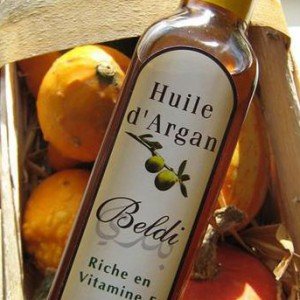
- cardiovascular diseases (atherosclerosis, arterial hypertension, coronary heart disease, thrombophlebitis, varicose veins);
- pathology of the digestive system (gastritis, colitis, hepatitis, gallstone disease, constipation);
- inflammatory diseases of the upper respiratory tract and respiratory organs (rhinitis, angina, sinusitis, pharyngitis, bronchitis);
- prevention of seasonal colds;
- metabolic disorders (diabetes, obesity);
- eye diseases (reduced visual acuity, blepharitis, conjunctivitis, cataracts, impaired twilight vision);
- dysfunctions of the reproductive system (impotence, deterioration of sperm quality, menstrual disorders).
The literature also contains information about the prophylactic anticancer effect of argan oil.
To the oil had its healing effect, it must be taken on an empty stomach. The dosage at the beginning of the course may be 1 / 2 teaspoon, by the end of the course it may increase to 2 teaspoons.
Important! Argan oil is not a drug, so it cannot replace the main treatment.
You can use an oily product in the complex treatment of diseases only as a biologically active supplement and after consultation with your doctor!
When applied topically, the Moroccan product helps with many diseases and conditions:
- diseases of the musculoskeletal system (osteochondrosis, arthritis, injuries, gout);
- pathological changes of the skin (neurodermite, psoriasis, eczema, cicatricial changes, burns, furunculosis);
- pains in muscles and joints.
It can be used in pure form or to prepare ointments, balms, creams, compresses on its basis.
Before using this product externally, a skin test for allergies must be carried out. To do this, perform the following steps:
- Several droplets of oil are applied to the skin of the inner surface of the elbow and rubbed into the skin.
- After half an hour, assess the condition of the skin.
- If there is no itching or pathological changes in the skin at the site of application, there is no allergy to the oil.
For external use only oil from unroasted seeds is used.
Skin Benefits
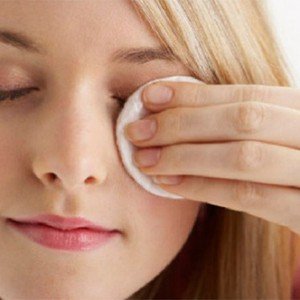
- preserves the lipids of cell membranes, protecting the skin from irritation and dryness;
- stimulates the synthesis of elastic fibers in the dermis, than softens and improves skin elasticity;
- protects the epidermis from free radicals and ultraviolet rays from the sun;
- enhances cell regeneration;
- smoothes the skin;
- soothes skin inflammations;
- heals wounds, burns.
These properties of argan oil are used for external use in:
- problem skin;
- dry skin;
- fading skin;
- wrinkles and age-related changes on the skin;
- “Bags” and bruises under the eyes;
- sunburn;
- skin rash, acne.
In order for an argan product and cosmetics based on it to show their beneficial properties, they must be properly applied:
- Conduct a skin test for allergies.
- Cleanse the skin before applying the cosmetic.
- Apply the product with finger pads, without pressure on the skin, along the massage lines.
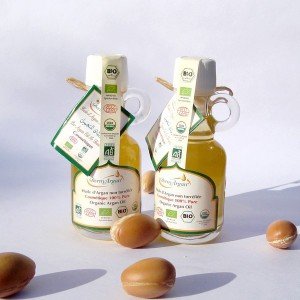
- creams;
- lotions;
- makeup remover milk;
- masks;
- massage oils;
- lipstick;
- funds after tanning;
- soap;
- shower gels.
Many manufacturers of cosmetics use argan oil in their formulations. You can prepare cosmetics (for example, facial masks) based on it yourself, using the following recipes:
- With problem skin. For its preparation, it is necessary to take in equal amounts argan, almond oil and blue clay, mix, dilute with water to the consistency of sour cream. Apply the mask to cleansed skin, allow to dry. Wash off with warm water. To the effect of the mask was obvious, it should be applied twice a week for a month.
- For aging skin. Take in equal quantities argan oil, honey and oatmeal. After mixing, 1-2 drops of rose and frankincense essential oils are added to the mask.
- For oily skin. Take honey, lemon juice, low-fat yogurt and argan oil in the ratio 1: 1: 3: 0,5, mix.
Home-made cosmetics based on argan oil can be made according to other recipes, and the ingredients for them should be chosen based on the type of skin (dry, oily, combination).
Hair Benefits
Argan oil is also used to strengthen hair and treat scalp problems. On its basis, make shampoos, balms and hair masks.

- strengthen weak and thin hair;
- restoration of split hair;
- eliminate dandruff.
At home, argan product is used in its natural form or medical products are made for hair:
- For dry skin, several drops of argan oil are rubbed into the base of hair growth before washing the head.
- For dry hair, a mask is prepared from egg yolk, argan and olive oils. The yolk of one egg is ground and mixed with oils taken in one teaspoon. The mask is rubbed into the scalp and evenly distributed over the entire length of the hair. A plastic shower cap is put on the head, wrapped with a towel. This mask is kept on the hair for half an hour, then thoroughly washed off with warm water.
- In case of hair loss, a mask is prepared from argan and burdock oils, taken in equal parts. Apply a mask before washing the head, rubbing massaging movements into the skin. Half an hour later, the mask is washed off and wash the head.
The property of argan oil is completely absorbed, leaving no greasy residue, and allows using it not only before washing the head, but also independently of it. Hair after the procedure becomes soft, elastic and shiny.
Cooking application
In cooking, a product from fried argan seeds is used. Roasting gives the oil a golden color and a specific nutty flavor. The caloric content of this oil, as well as other vegetable oils, is high: 100 ml contains 828 kcal.
In cooking, argan oil is used for dressing salads, vegetable dishes and legumes, cereals. It is sprinkled with grilled meat, vegetables, fish to give a pleasant smell.
In Morocco, a traditional pasta is prepared on the basis of an argan product – amla, which also contains almonds and honey. This paste is spread on flat cakes, added to various dishes (meat, fish, salads).
Conclusion
Argan oil is a very useful product containing substances irreplaceable for humans (unsaturated fatty acids, vitamins, squalene). Taking a product from unroasted seeds inside, you can improve the patient’s condition with many internal diseases. A natural argan product as an ingredient in cosmetics is used to restore damaged hair and normalize metabolic processes in the skin. Roasted argan seed oil is used in cooking to add a unique flavor and aroma to common dishes.
Despite all the useful properties of this exotic oil, it is not a panacea for all ailments: first of all, it is fat. Before using it for therapeutic purposes, you should consult a doctor who will prescribe the necessary treatment.
Natural oil has practically no contraindications. Its use inside and outwardly is limited only in the presence of an allergy, at children’s age, at pregnancy and a lactation.




